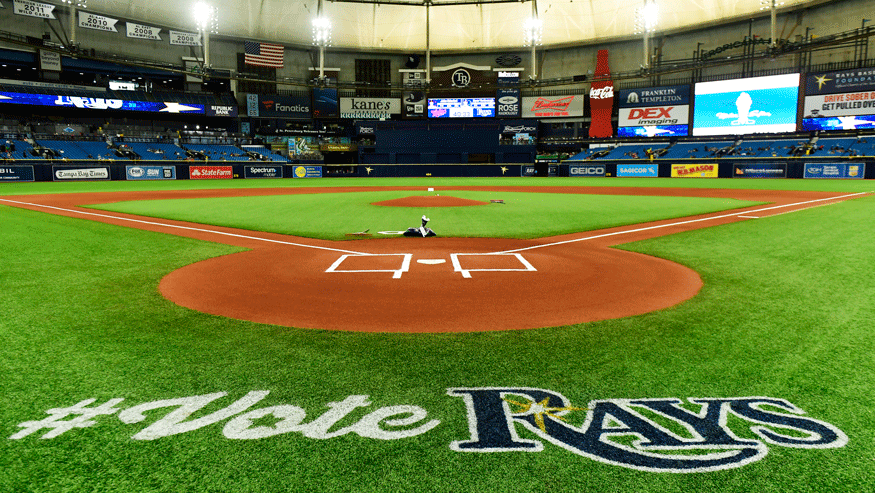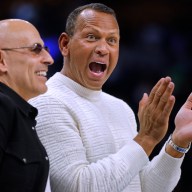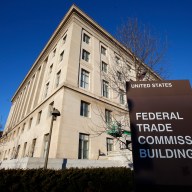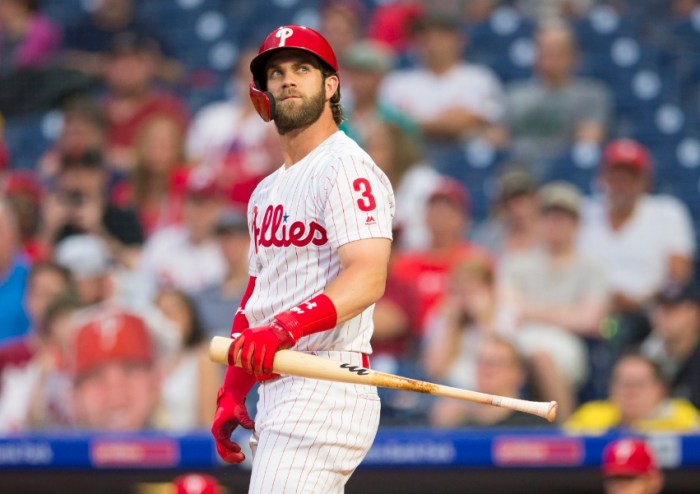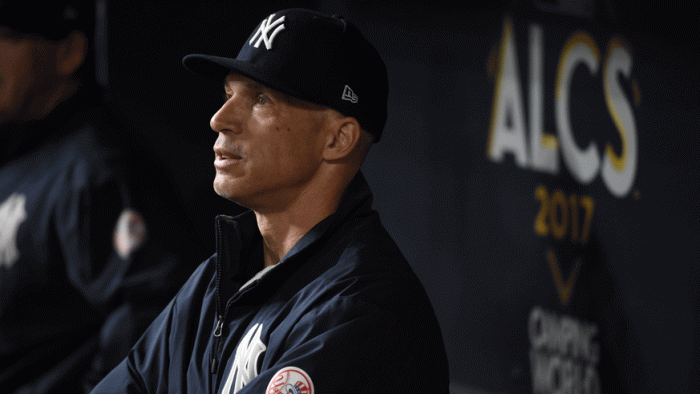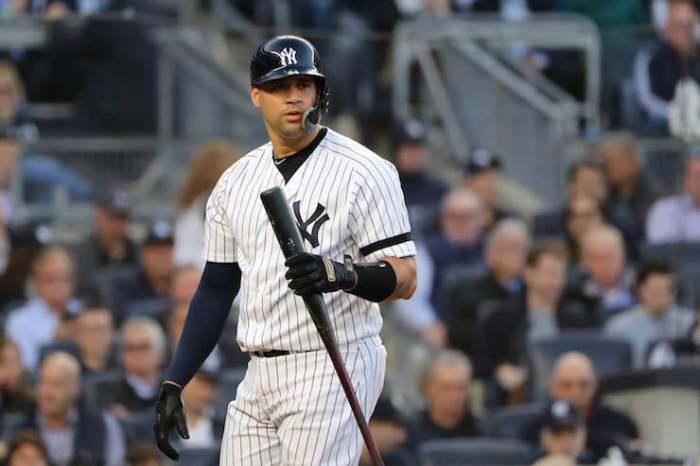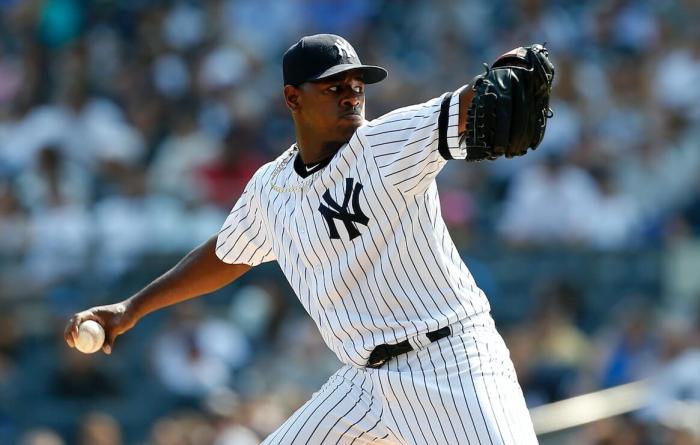“If people don’t want to come to the ballpark, how are you going to stop them?” – Yogi Berra.
Yogi was ahead of his time. The old sage and Hall of Fame catcher’s quote was attributed in 1959, but he appears to be talking about today — six decades later.
Major League Baseball’s attendance is down 1.4-percent this year. While that might sound marginal, it marks the fourth-straight season fewer people are headed to the park. And since turnout peaked in 2007, it’s down 18-percent.
The great exception to the current trend is the Phillies, whose crowds are up 30-percent over last year. Call it the Bryce Harper Effect — at the same time the Nationals are down 13 percent.
Last year, MLB commissioner Rob Manfred blamed poor spring weather for empty seats. Now he cites increased competition for consumers’ entertainment dollars. That’s not entirely wrong, but ignores the larger problem: The National Pastime is increasingly slow, boring and one-dimensional.
Take it from someone whose first love as a kid was baseball — it’s hard to sit through nine innings, either at the park or on TV. Yes, the pastoral, no-clock approach of the game is one of its attractions. But let’s get real:
From mound visits through warmup tosses, it takes an average of four minutes every time there’s a pitching change. And with revolving-door bullpens and twitchy managers, there are innings where you could run to your bathroom, sneak to the kitchen for a sandwich, check your email and return a few phone calls — and still come back to find Gabe Kapler waving his right finger toward the pen.
Not that having a pitcher standing on the mound necessitates action. Hurlers are quantitatively spending more time between pitches each season. Recently, Arizona pitcher Zach Greinke frittered for two minutes and five seconds between pitches or, put another way, longer than it took to run the entire Kentucky Derby.
Baseball’s pace could be quickened with pitch clocks, shorter breaks between innings and limits on relief pitchers. Simple. But there’s another factor currently killing baseball, even as it makes for smarter play. And that’s analytics.
Hear me out because, appearance aside, I’m not that old man waving at clouds. There’s a science to employing the shift, to pulling starting pitchers after they run through the lineup twice, to forgiving batters’ strikeouts if they lead to more home runs. Any smart manager trying to win these days has to adhere to the code of sabermetrics.
Problem is, what wins games also chases away fans. Analytics has been weaponized in a way that takes away the action. Forget the sacrifice bunt – that was always dumb – I’m talking about a paucity of stealing, base running, and defensive highlights. You know, actual plays.
The sport has become a snooze fest of “three true outcomes” — walks, strikeouts and home runs. It’s hard to believe homers could become tedious, but at this pace (a record 1,135 in May), it’s a seven-day-a-week diet of chocolate cake. Even I can’t take that much.
Me? I’d ban the shift today. Make plays start with two defenders on each side of the infield. And yeah, I support the notion of requiring relievers to face three hitters or finish the inning. Specialization is boring.
Hey, right now, interest in the Phils is way up, as it should be. But look beyond our team’s current resurgence (the pitiful weekend sweep by the Dodgers aside), and consider what’s happening to the sport these days.
Baseball’s in trouble. Just ask the late Yogi Berra.

